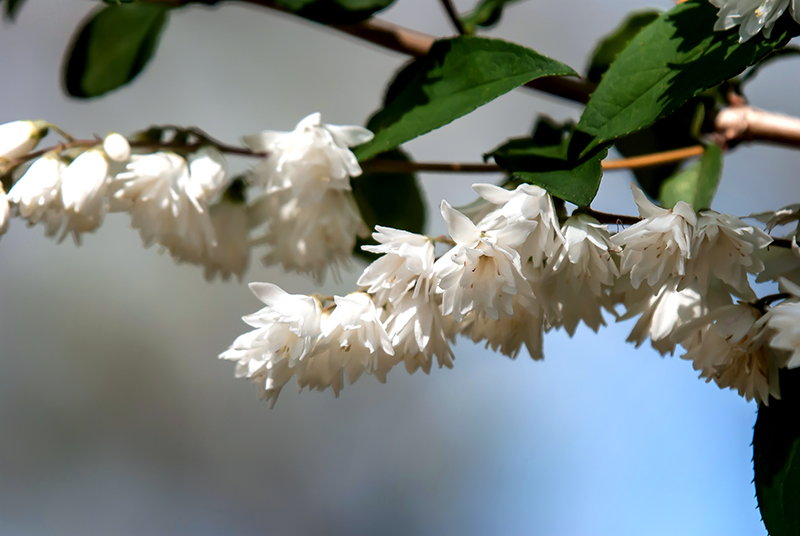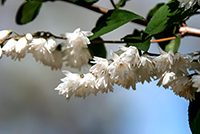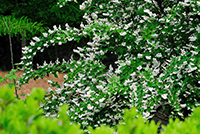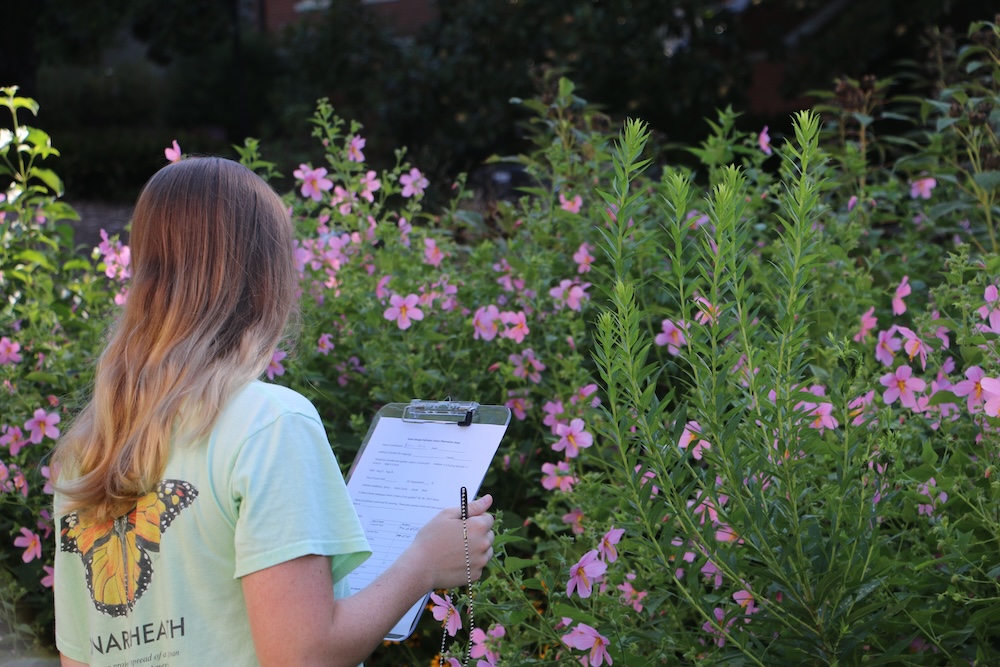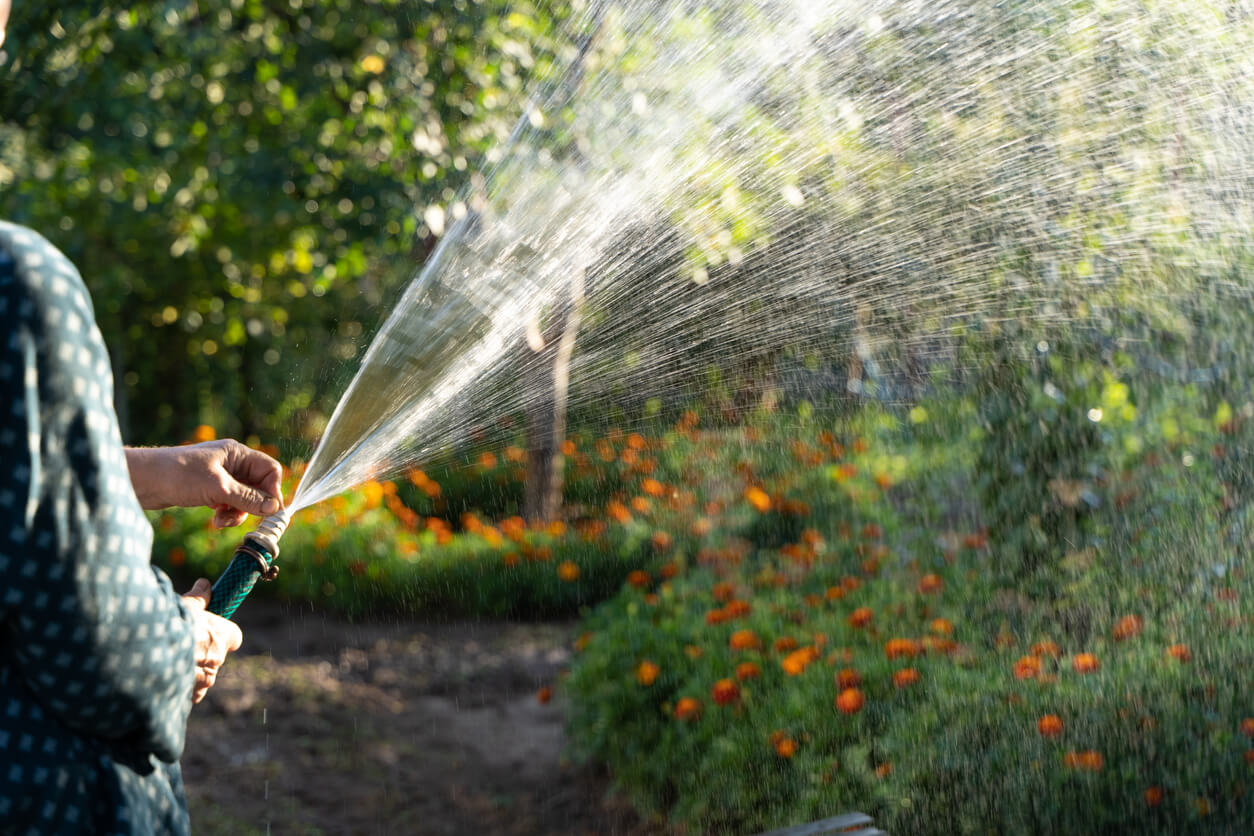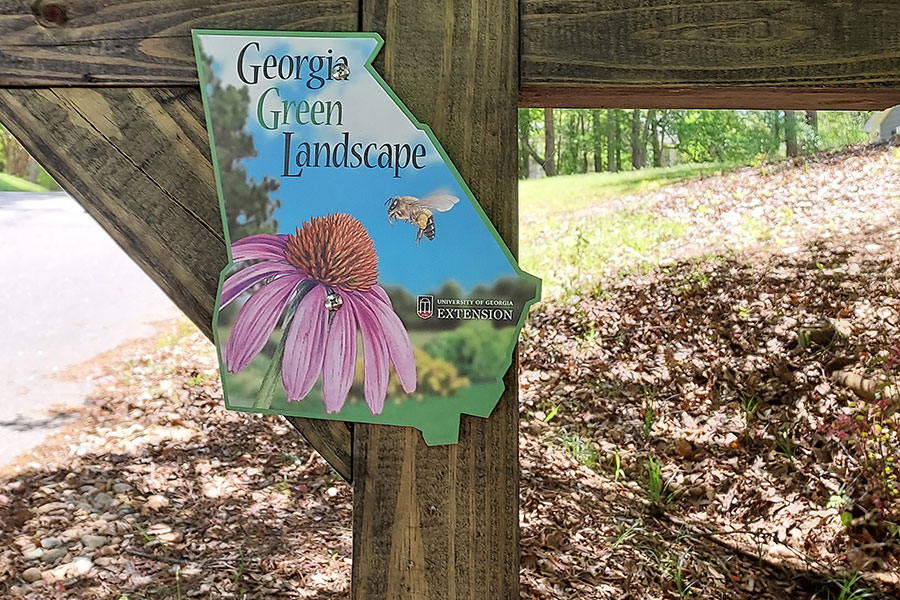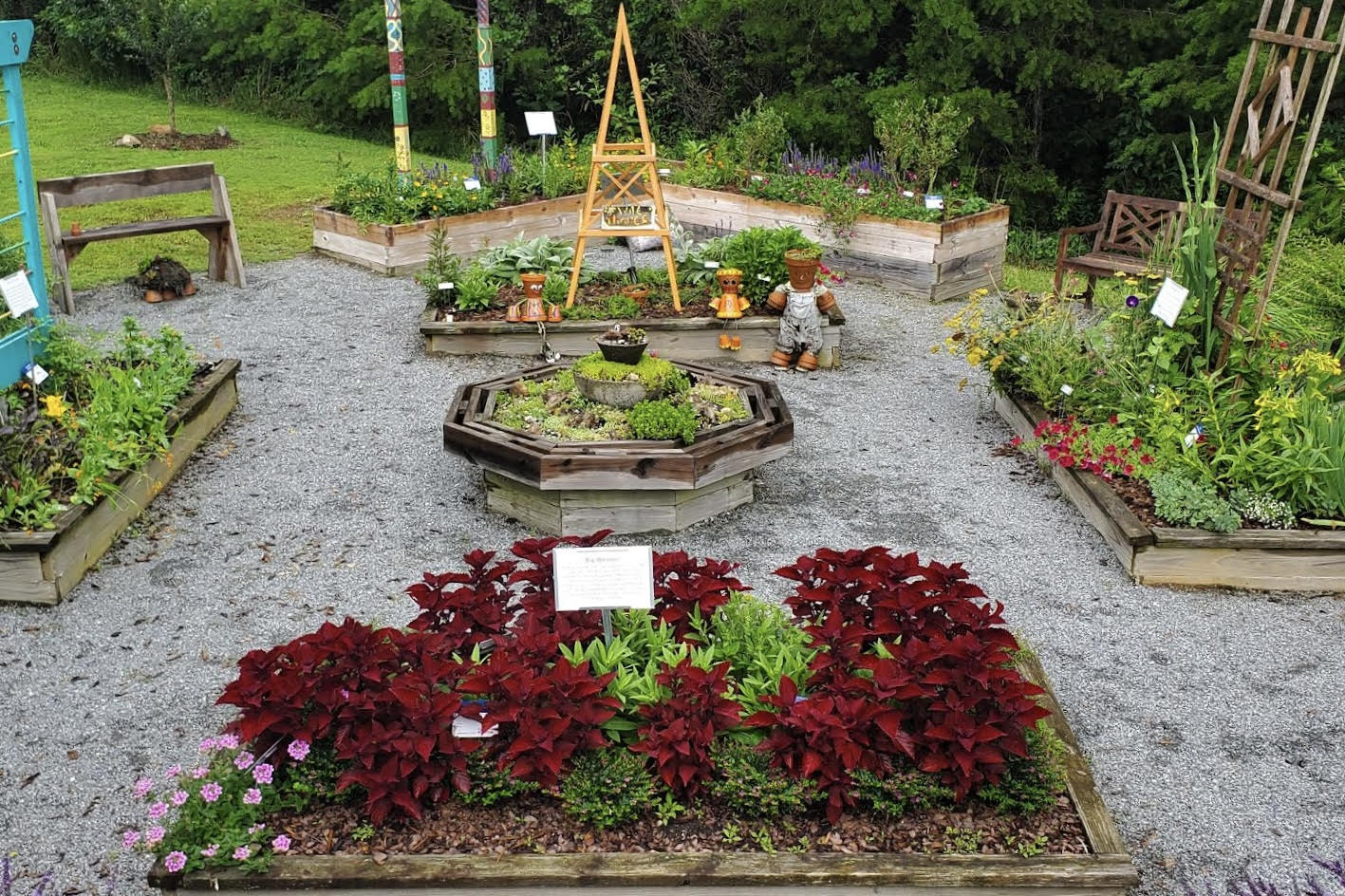My friend Gerald Klingaman, retired horticulturist with the University of Arkansas, uses the term "deutzia renaissance" for the new love surrounding this fuzzy heirloom that has been around for ages. If you haven’t discovered the old-fashioned fuzzy deutzia, then make it a high priority. Your landscape deserves it.
Klingaman said, of using his deutzias with azaleas, to spread out the glorious spring bloom. At the Columbus Botanical Garden, we used it against a backdrop of bald cypress, cryptomeria or Japanese cedar, and the picturesque dawn redwood. The pendulous branches with what seemed like thousands of small, white, lightly scented, star-shaped flowers created quite the picture.
At the Coastal Georgia Botanical Gardens at the Historic Bamboo Farm in Savannah, Georgia, we are using two large specimens behind cold-hardy palms and in partnership with heirloom crinum lilies. The look is cottage tropical, certainly pleasing to the eye and entices you to sit a while. I did just that after another friend, Jason Powell, owner of Petals from the Past in Alabama, mentioned bees and butterflies in conjunction with this nostalgic plant. As I actually paused to sit on the nearby bench, I did notice that there were a variety of bees visiting the top of our 9-foot bushes. That makes the shrub a winner in my book.
Fuzzy deutzia is known botanically as “Deutzia scabra” and is native to Japan and China. It seems most gardeners are surprised to find out that it is in the Hydrangeaceae, or hydrangea family, where we find another heirloom: the English dogwood, or mock orange. It is deciduous, which might be the reason it lost some of its luster for a generation or two. Today, gardeners recognize the beauty of a landscape. As the leaves fall, you get to see the form and texture our plants possess.
As I have hinted in mentioning our two 9-foot-tall shrubs, you will need to give fuzzy deutzia plants the space to be all they can be. They can reach 10 feet tall and spread 8 feet or more. They are in full bloom in Savannah now and will be in full bloom around May 10 in Columbus, Georgia. With a wide range of hardiness from zones 5 to 8, there will be a fuzzy deutzia blooming somewhere in the United States from April through June.
Fuzzy deutzia plants prefer fertile, well-drained soil and bloom best in full sun. I can tell you that they perform very well in partial sun in Savannah as well. Maintenance is easy. This is a shrub that looks best when allowed to develop naturally. Always prune out dead wood, but if you find the need to really prune, do so after spring flowering as it blooms on old wood. As the name suggests, the leaves are rather rough and slightly hairy on both sides.
They are still sold generically at most garden centers, but you may find the ‘Pride of Rochester,’ a pink selection called ‘Pink Minor’ and an even showier one called ‘Strawberry Fields.’ I assure you whether you get a white generic or a named selection, this shrub will be your spring extender or summer welcome. At the Coastal Botanical Gardens, we have fuzzy deutzia, oakleaf hydrangea and Virginia sweetspire all blooming in sequence, which could be partnered for the start of your magical white garden. Follow me on Twitter: @CGBGgardenguru.

